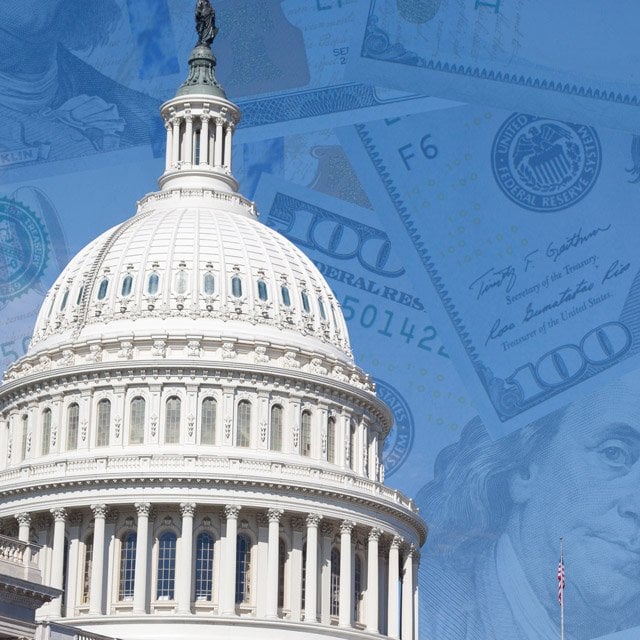5 Fastest-Growing Killers
Details
The increase in the number of deaths, and the increase in the death rate per 100,000 lives, are partly due to the fact that the number of very old Americans is rising. More people are dying of old age. Thanks to that trend, the overall life expectancy at age 65 for a U.S. resident increased to 19.5 years in 2017, from 19.4 years in 2016. But the increase in deaths is due partly to the fact younger Americans were more likely to die in 2017 from accidents. The accidents category includes drug overdoses. Because of that trend, the overall life expectancy at birth for a U.S. resident actually fell to 78.6 years in 2017, from 78.7 the previous year.
Why This Matters to You
For life insurers, and for finance professionals who help clients with life and annuity products, figures like these frame the universe. If customers die early than expected, life insurance results may suffer. If customers live longer than expected, the performance of annuities and life settlement operations may deteriorate. — Read Alzheimer's Death Rate Continues to Rise: CDC, on ThinkAdvisor. — Connect with ThinkAdvisor Life/Health on LinkedIn and Twitter.
© 2025 ALM Global, LLC, All Rights Reserved. Request academic re-use from www.copyright.com. All other uses, submit a request to [email protected]. For more information visit Asset & Logo Licensing.
Featured Resources
View All
Sponsored by Illinois Mutual Life Insurance Company
4 Reasons To Sell Simplified Issue Disability Income Insurance (SIDI)

Sponsored by Illinois Mutual Life Insurance Company
Simplified Issue Disability Income Insurance (SIDI): A Smarter Way to Sell and Protect







